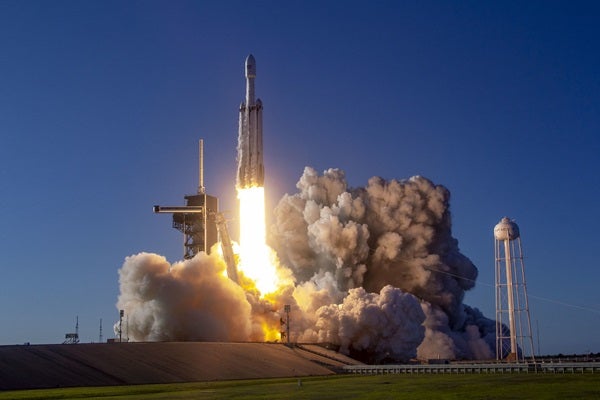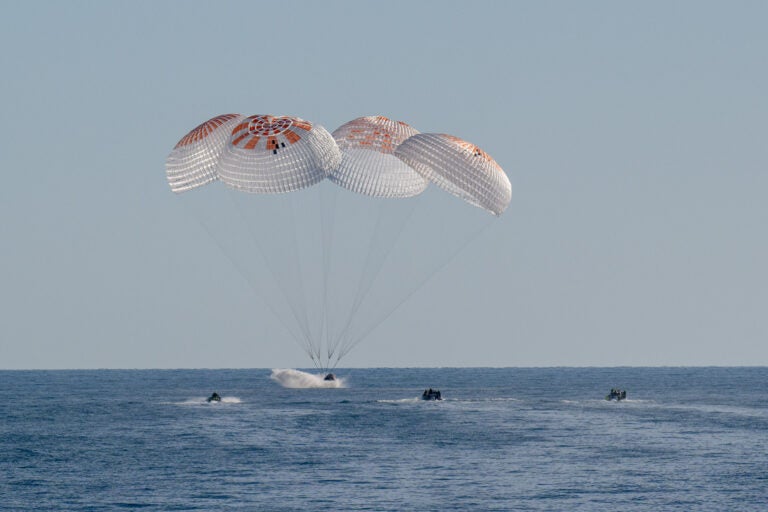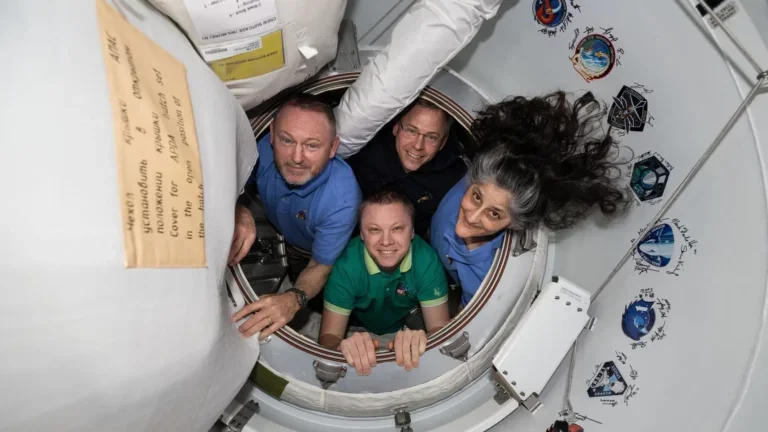With planned missions to Mars, the DSAC’s one-year mission will help test out a more precise tracking system for astronauts. In the future, technology like the DSAC could be a part of the spacecraft’s navigation system. This would allow the spacecraft to calculate its own trajectory.
Additional Experiments
NASA’s Space Environment Testbed (SET) satellite will also be aboard the SpaceX rocket. Its aim is to study how other satellites are affected by space radiation, which can cause problems with communication.
The Planetary Society, a space exploration non-profit, will be going solar sailing following the Falcon Heavy’s launch. Their LightSail2 craft hopes to be the first spacecraft to orbit the Earth propelled only by the pressure of photons emitted from the Sun. The first LightSail had a successful trip but experienced a few technical glitches during its flight.
This launch is another unmanned test for Falcon Heavy, as the company prepares for the planned September launch of SpaceX’s Crew Dragon spacecraft. If successful, that mission will be the first to launch Americans from United States soil since the end of the space shuttle missions.










